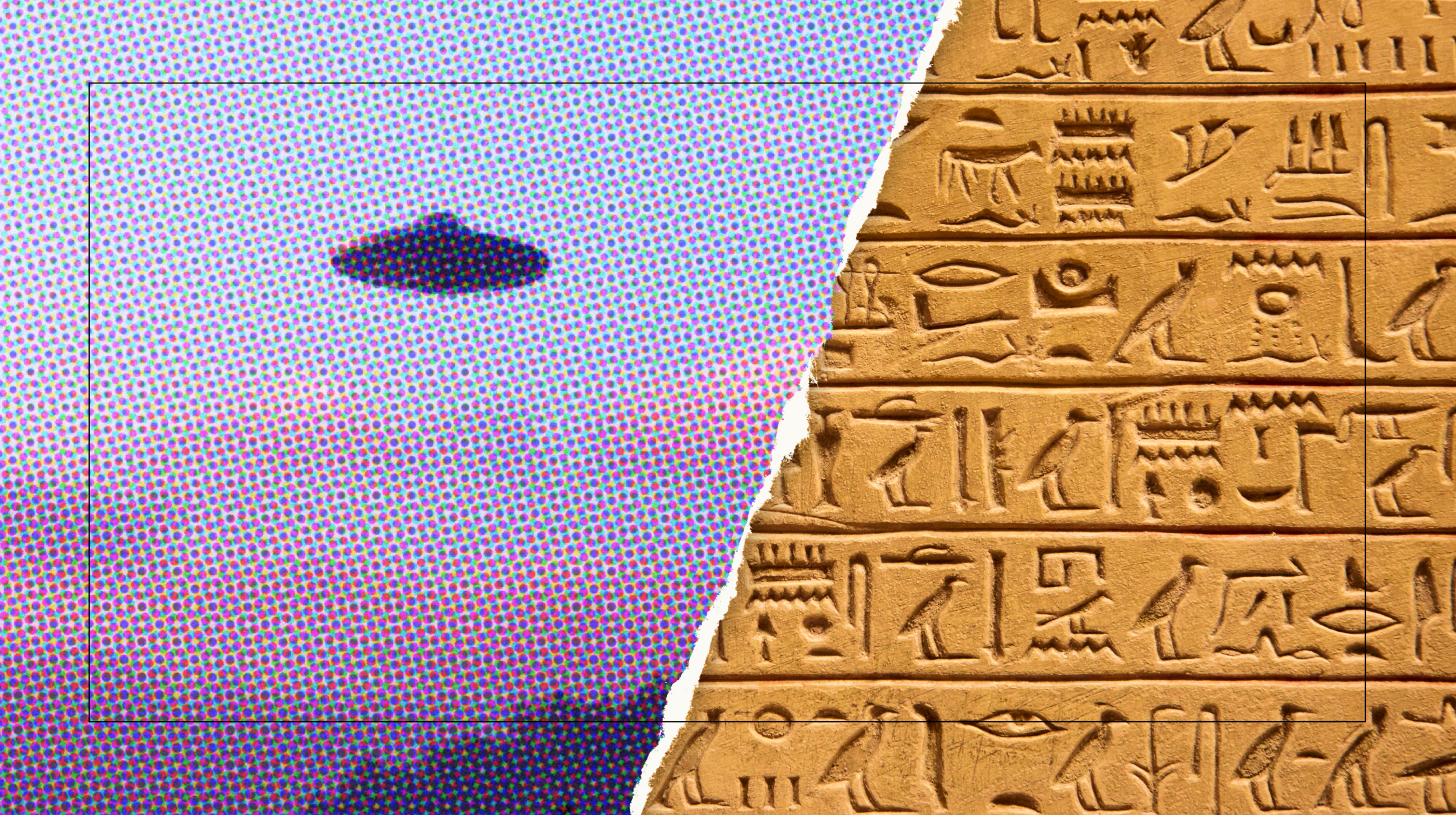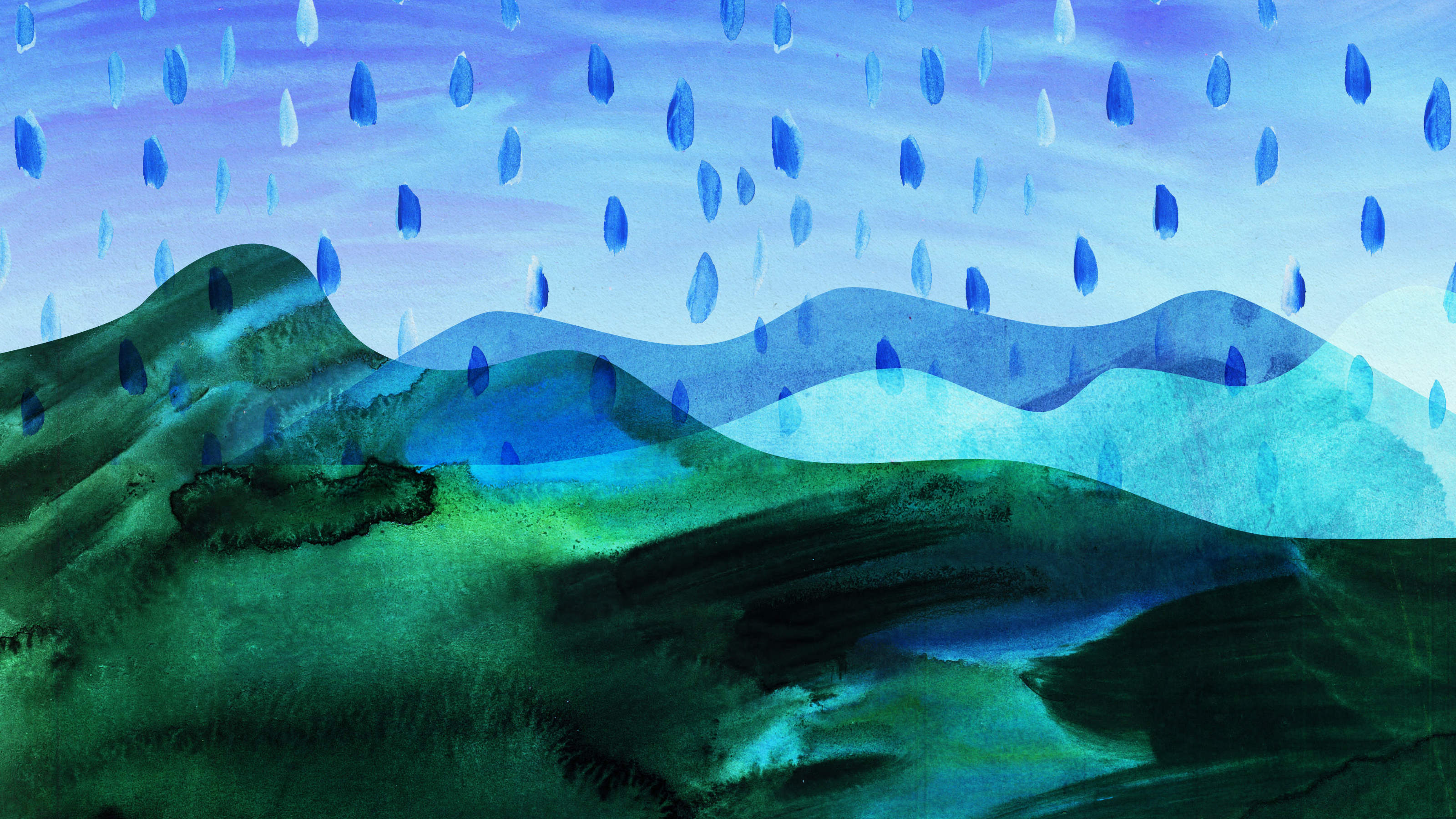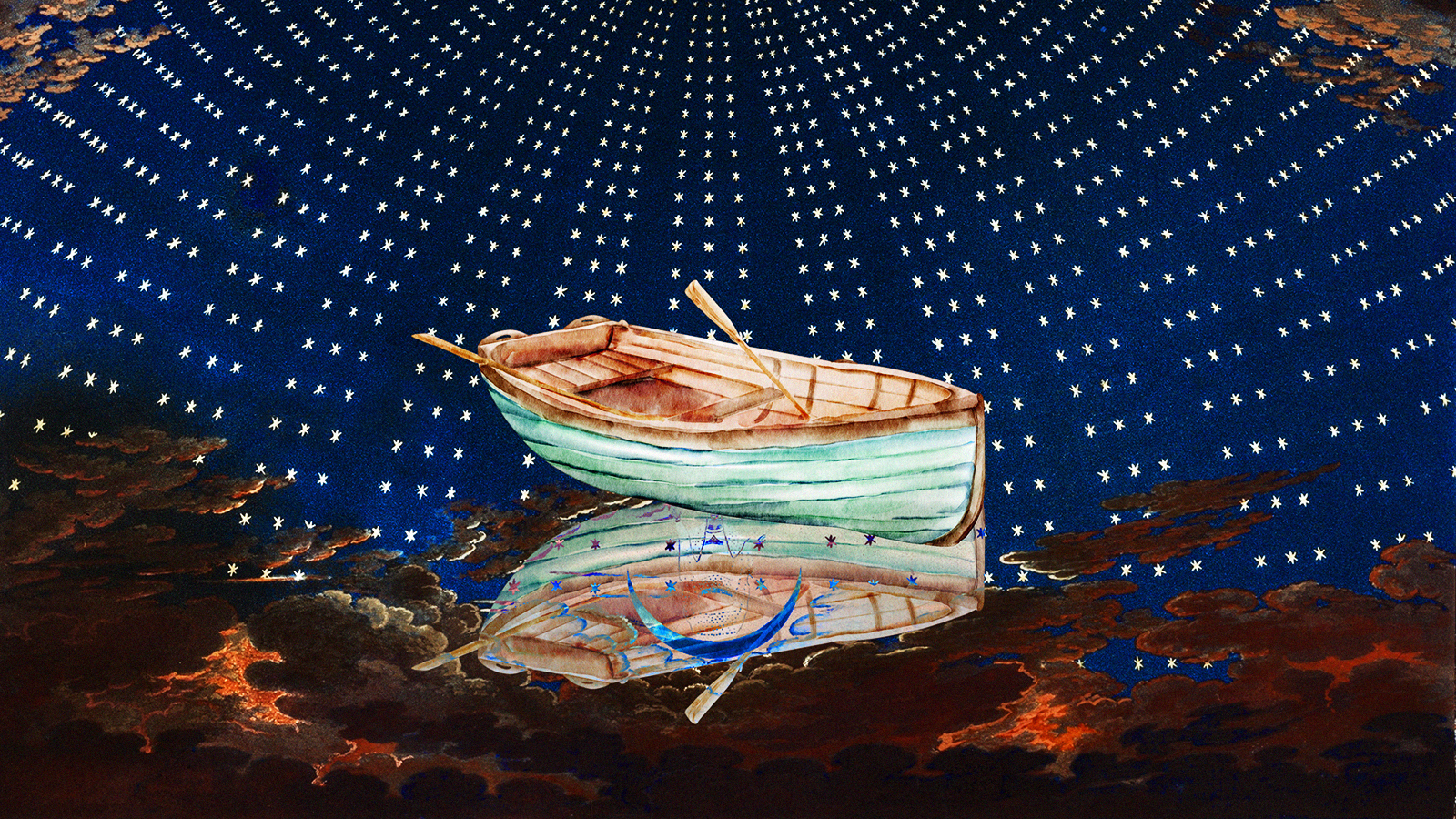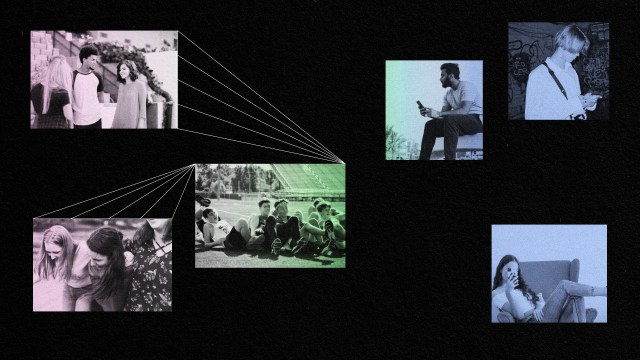The hero of the Anthropocene has 8 billion faces — one of them is yours
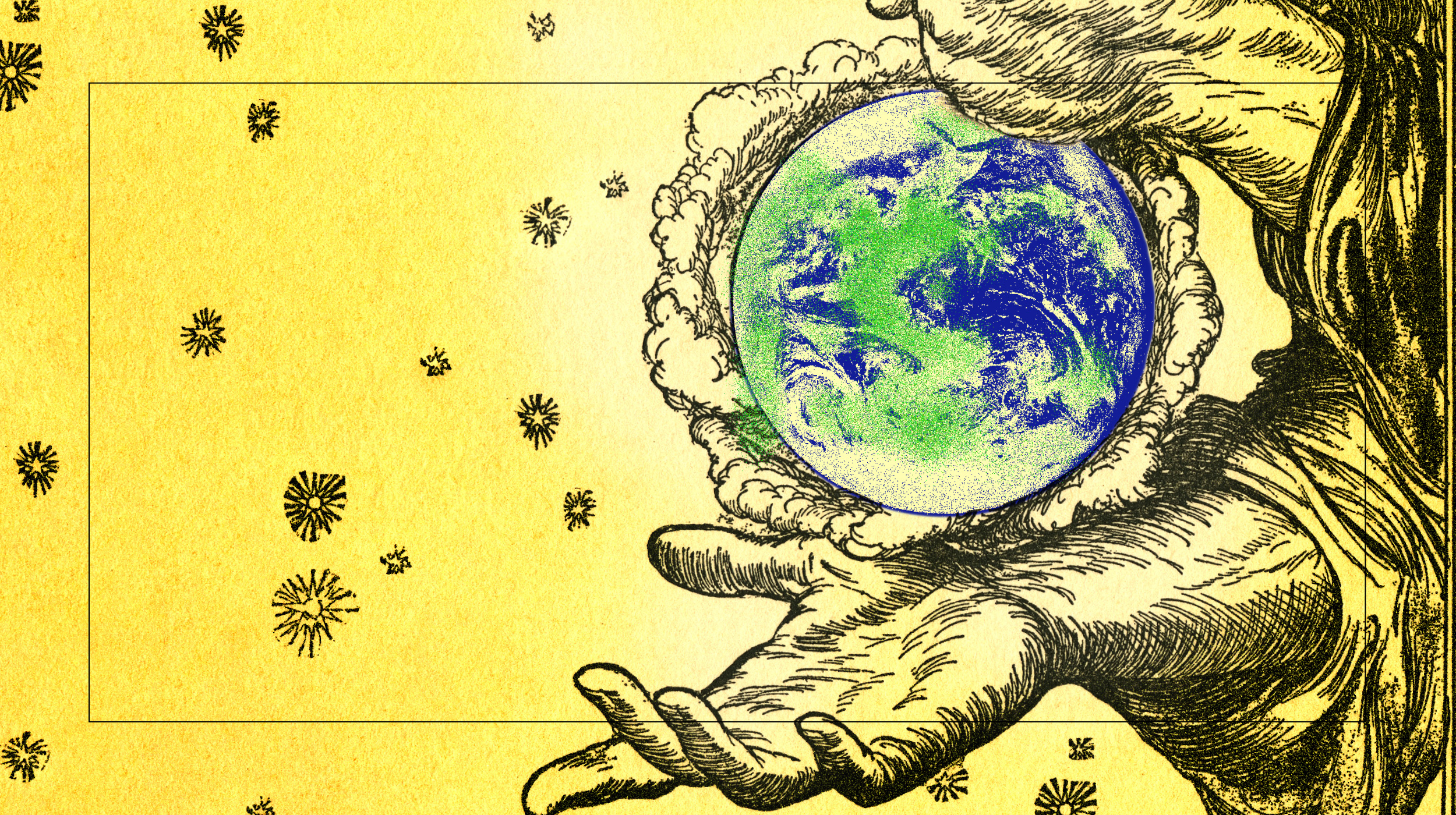
- We have entered a new geological epoch in Earth history, the Anthropocene, signifying that human activities have become so consequential that they now influence Earth system functioning. Our impacts rival those of ice ages and meteor strikes.
- The Anthropocene is also a crisis of storytelling, challenging our traditional narratives and myths. However, a new form of storytelling, citizen science, offers a way to create a fact-based, nonfiction narrative of what is happening to the biological world.
- The concept of the “hero’s journey,” popularized by Joseph Campbell, can be reimagined in the Anthropocene. Using citizen science, we can track the heroic journeys of other life forms, observing their cycles of life, death, and renewal. By sharing these observations, we can visualize global patterns, become conscious of our impacts, and correct our course.
Time is about to change. Next month, the International Commission on Stratigraphy (ICS) will announce the selection of a site that marks a new geological epoch in Earth history. As the ICS is responsible for defining the International Geological Time Scale, it sets a global standard for measuring Earth history. History has changed, and we need a new story to help us understand our brave new world: the Anthropocene.
Human activities have become so consequential, they now influence Earth system functioning. Evidence overwhelmingly shows the atmosphere, hydrosphere, lithosphere, and biosphere (air, water, rocks, and life) no longer function within the chemical boundaries of the previous Holocene epoch. Our impacts rival those of ice ages and meteor strikes. The residues of our activities, including plastic, pollutants, and plutonium, are present in the fossil record. They even have an official name: the technosphere.
A crisis of storytelling
The sheer force of our dominance over other lifeforms begs the question of what and who we really are. How we define humanity largely has been forged by myths — religious beliefs as well as novels, plays, operas, and the other arts. Myths can be thought of as collective stories enclosing transcendent truths. They reflect not what we are, but who we think we are. It may seem trivial by comparison with the physical peril we find ourselves in, but the Anthropocene is also a crisis of storytelling.
Is there a way to redress our proclivity for making up false narratives that often keep us wholly distracted from physical realities? Can we keep our beloved fictional, imaginal, mythical, and more or less fantasized art forms, and yet find a way out of our delusions? Yes. There is another way to tell stories. It is based not on individual adventures but on crowdsourced data points. It’s called citizen science.
Citizen science has roots in traditional ecological knowledge. It has been practiced by Indigenous people for millennia. Today’s citizen science is focused on collecting direct observations of nature and sharing them to help create a fact-based, nonfiction narrative of what is happening to the biological world.
There are many ways to practice it, but the iNaturalist app is a good example. Users upload photographs of plants, animals, and fungi, and the app geolocates the observations. The iNaturalist community vets the observations and collectively agrees on what, exactly, it is. My observation of Deppea splendens is mapped according to date, time, and place. Thus, my interaction with this beautiful golden fuschia becomes a moment of witness and testimony to life. The data becomes accessible to the global community tracking the health of ecosystems. When species are shown to be in trouble, we can intervene. Even when the data points don’t add up to disaster, they help us more precisely understand the Earth system patterns we live in and depend on.
A hero with 8 billion faces
Citizen science is not so far from traditional narrative as it might seem. Joseph Campbell popularized the utility of myths for helping direct meaningful life in his 1949 book The Hero with a Thousand Faces. His work reached a broad audience in the 1980s, thanks to Bill Moyers’ PBS program The Power of Myth. Today, the “hero’s journey” provides a de rigeur pattern for structuring movie scripts, especially the super-hero kind.
When I was in my early 20s, a college friend gave me tickets to hear Joseph Campbell give a series of three lectures at the New School in New York City. Campbell was a famous public intellectual in the 1980s, when concepts like “self-actualization” were in the zeitgeist. Campbell was a serious scholar of mythology, but his big splash was based on his assertion that the world’s stories are highly personal — models upon which you and I can and should shape our own lives, while staying original, true to ourselves. Campbell doesn’t have great name recognition now, but his ideas have persisted and proliferated. He would be appalled by this suggestion, but one could say his ideas have helped speed the Anthropocene.
Although humanity has been altering our environment for thousands of years, we didn’t start truly changing how geophysical cycles interact until the Great Acceleration, the post-World War II period of huge increases in production of goods, services, GDP, human population, transportation, communication, and so on. The timing of Campbell’s rise and influence closely tracks the Great Acceleration, which makes sense. All the new goods and services more speedily supplied have fed new market niches, and individuals can choose to identify with specific identities through different products. Campbell exhorted people to amplify their individuality, and the marketplace encouraged the same thing.
On stage at the New School, Campbell explained that all mythologies, all over the world, have the same pattern. From Buddha to Jesus Christ, all the world’s stories essentially have the same plot. He told the audience, and I was rapt, that we were all on a hero’s journey. Self-actualization is lonely, individual business, but it is super-charged with mythic importance. He addressed our yearning for meaning, purpose, a special identity. He told us to follow our bliss, the things we loved most to do. “Follow your bliss,” Campbell said, “and the universe will open doors where there were only walls.”
Myth is nature talking
At the height of the Great Depression, when he was in his 20s, Campbell had embarked on his own hero’s journey, part of which involved an expedition to Sitka, Alaska with Ed Ricketts, John Steinbeck’s great friend, the model for Doc in Cannery Row. Ricketts was an amateur scientist. He didn’t finish college and made a living selling tidepool specimens to university labs. He co-wrote a fundamental textbook called Between Pacific Tides, still relevant today.
Campbell and Ricketts collected specimens on that trip, mostly for sale. In the spirit of intellectual collaboration, they deposited some at what eventually became the Sitka Science Center. Those historical specimens help create a baseline for understanding change over time — change in the ocean ecosystem, in species distribution. Specimens collected by Campbell have been used as a reference point by scientists working today to understand a sea star wasting syndrome ravaging coastal waters. This is the essence of much citizen science related to biodiversity: contributing data points that tell a story over time and space, populated with species.
Later in his life, Campbell said that this expedition was “the start of it all,” when he began to understand that “myth is nature talking.” He didn’t really explain what he meant by that, beyond asserting that it was perfectly natural for a young man (in the most-told stories) to head out from a natal home, to reluctantly take on challenges, to face grave danger and even death — in the cases of Jesus and Black Panther, to actually die — and then to rise again with valuable information for his tribe.
Now it is the specimens to whom we must listen. They tell us sea stars were abundant in Sitka, Alaska in the 1930s. Some species are recovering, but the sunflower sea star (Pycnopodia helianthoides), the only species of its genus and one of the largest in the world, is almost completely absent from the place now. The sunstars are having their heroic journey terminated. Following the specific patterns of their residence in the tidepools is the foundation for learning what is happening to them so that we can try to redress the situation.
A new myth for the Anthropocene
Citizen science can help us by adjusting our heroic myth focused on the trials of individual Homo sapiens to recognize the foundation of the cycle of biotic life upon which it is based. The sun comes up, the hero goes out. The sun comes up, and photosynthesizing organisms manifest sunlight as carbon in their bodies, powering the rest of the food chain. As the day progresses, there are challenges: Species compete with each other for space and food. The sun travels across the sky, and the hero has adventures. Many birds and mammals have traveled for millions of years prior to the hero’s journey, following the sun not only on its daily rounds but on its seasonal cycle in pursuit of food. The sun sets and night comes; the hero is lost, in danger of dying. In this dark time of unconsciousness, a new awareness is born in the hero. He gets help. The sun rises again, and the hero brings this new information he has realized to his tribe. Having perhaps staked new territory or braved confrontation with rivals and predators, animals reproduce and the cycle begins again.
Making individual observations of species in nature reserves and in overgrown city parking lots, we can track the heroic journeys of other life forms. The perennial wildflower comes up in spring, cued by the sun’s seasonal proximity, and a butterfly drinks its nectar. The wildflower senesces, and the butterfly lays eggs. Depending on the species, caterpillars emerge and are eaten by local and migrating birds or by small mammals. Caterpillars that heroically avoid being eaten now wrap themselves in a chrysalis, a dark place of mystery in which the organism literally dissolves and reforms itself as a butterfly. This is the cycle of resurrection and renewal of life.
And we can observe it with consequence. With tools like iNaturalist, we can make individual observations of single species associated with a latitude, a longitude, and a time. These co-occurrences of time, place, and species will never come again, and to document this instantiation is an honor, it is special. The soul of citizen science doesn’t quite lie here in the individual observation, however, but in the sharing of these observations, which allows for global visualizations of what is happening where, so we can become conscious of what we are doing, and correct our course. This is the practice of citizen science.
Late in Campbell’s life, he said the age of the hero’s journey is over. It was useful for cultures when we lived in tribes, but now we live in a global world, and we’re all one tribe. Now we have to find a story that we all relate to, regardless of what country we’re from, or what kind of religion we do or do not practice.
Well, that story found us. It’s called the Anthropocene. But the hero’s journey is not over. In fact, we find ourselves in the most exciting, the most terrifying, the most important part of the heroic journey. We are in a dark time of not understanding, of being afraid, and we are threatened to our core. Yet as Campbell himself taught us, this is the time of discovery, creativity, spiritual strength, and new awareness. “Follow your bliss and the universe will open doors where there were only walls.” And get out your smartphone and share a picture of life.
